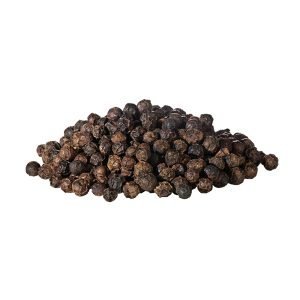Myrrh Materia Medica
$5.00
Myrrh is derived from a tough, thorny and stunted shrub (reaches a height of about 9 feet) which grows in the arid, semi-desert regions of the Middle East, northern India and northeast Africa.
On a psycho-spiritual level, myrrh is considered calming and tranquilizing. In keeping with myrrh’s wound healing properties, the oil may be of value for emotional wounds, such as those due to loss or rejection.
Essential oil of myrrh has also been used medicinally for millenniums. Aromatherapy considers myrrh to be potentially useful in treatment of the following symptoms and conditions: wasting diseases; debility; chlorosis (a type of anemia, usually occurring in young women, accompanied by greenish complexion); thyroid imbalance; allergies; bacterial or fungal infections; respiratory weakness; asthma; bronchitis; colds; respiratory ailments accompanied by a thick catarrhal discharge; tuberculosis; inflammation of the mouth; gingivitis; mouth ulcers; thrush; laryngitis; dyspepsia; flatulence; nausea; colic; chronic diarrhea; hemorrhoids; amenorrhea; vaginitis; leucorrhea; indolent wounds and ulcers; weeping eczema; aging skin; pruritis; skin ulcers; boils.
Download this chapter to learn more about MYRRH—Commiphora myrrha.
somdn_product_page




